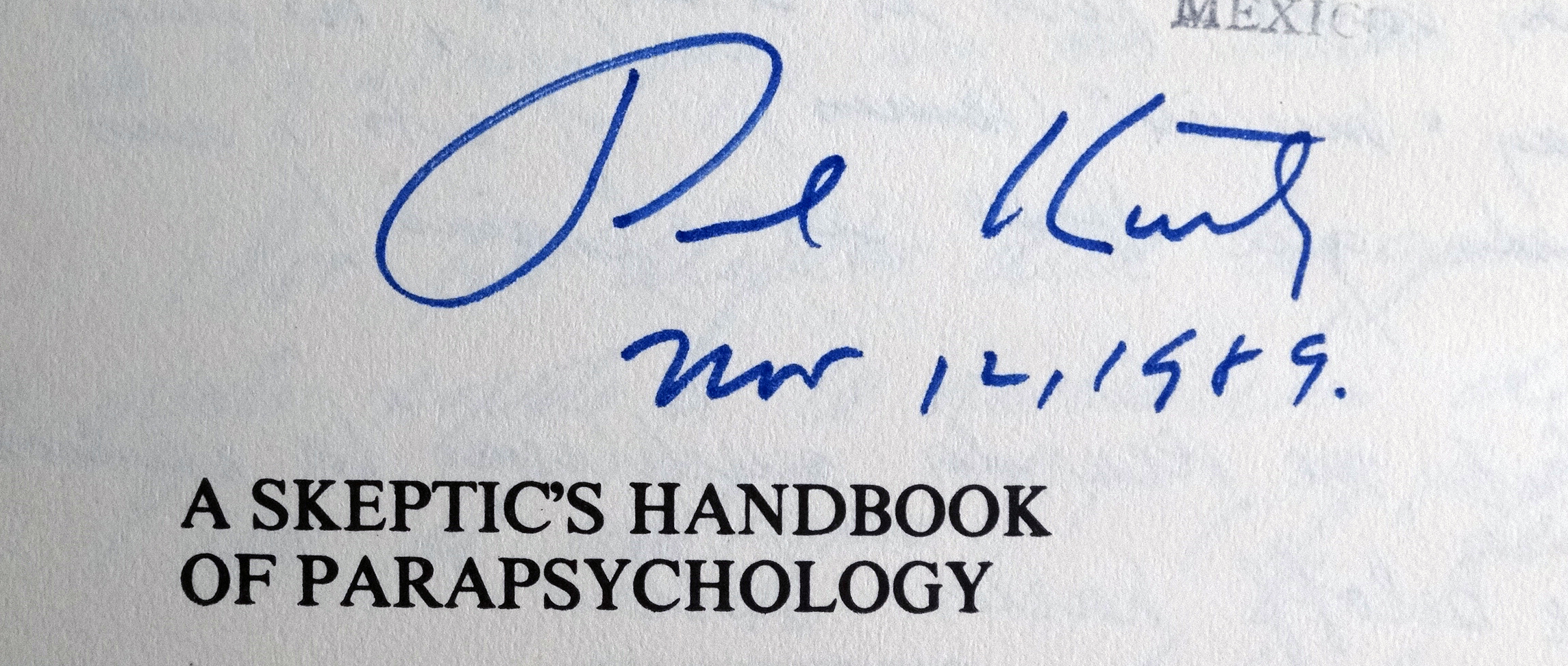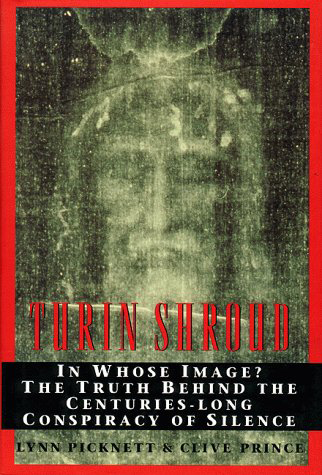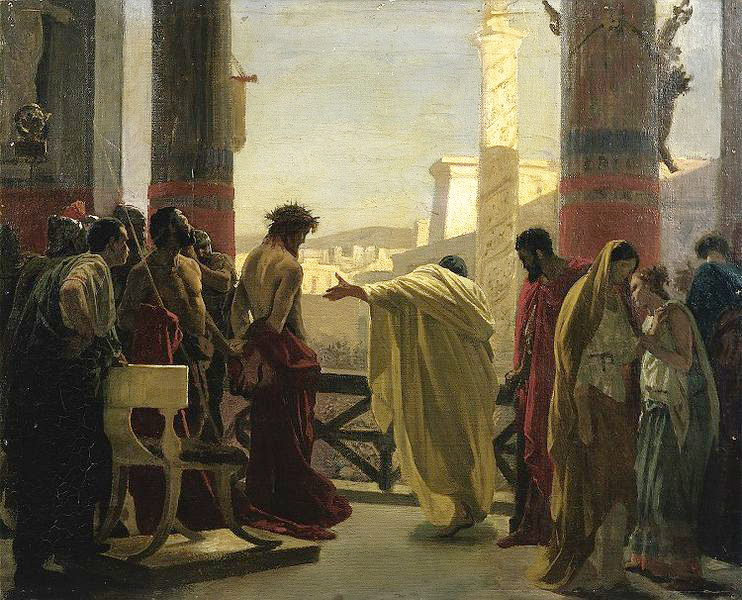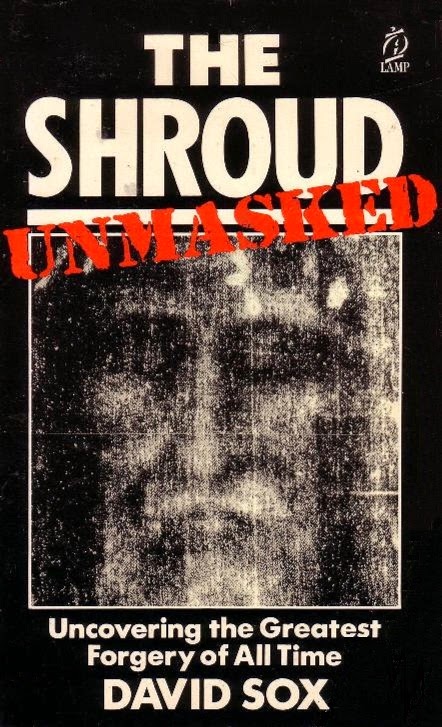Sometimes, even if his soul is less complex, that is to say, in this case, less divided against itself, the agent who senses, or even knows, what the inevitable course of events will be, will decide—and this, without any need for him to ‘deliberate’—in favour of the most useless action from the practical point of view. Teia, the last king of the Ostrogoths in Italy, knew that it was now impossible for his people to remain masters of the peninsula. This did not prevent him from launching himself without the slightest hesitation into the fight against Byzantium and finding a death worthy of him at the famous ‘Battle of Vesuvius’ in 563. He is credited with the historical words which, even if he didn’t say them, capture his attitude: ‘It is not a question of leaving or not leaving Italy; it is a question of leaving it with or without honour’. Words of a lord… words of a man ‘against time’, i.e. defeated in advance on the material plane.
One can say that to the extent that what the Sanskrit Scriptures call the Dark Ages unfold, and as a cycle of time draws to a close, more and more lords—both in the biological and psychological sense of the word—are men ‘against Time’, defeated in advance on the material plane. They don’t feel any less ‘free’ in their spontaneous choice of the practically useless act.
The impression of freedom is thus not at all related to hesitation and ‘deliberation’ before a decision. It has to do with the agent’s ability to imagine a future different from the one that will result from his act—the one that he would like to see result from it, if possible—and with the illusion that he is the source and principle of this act—whereas he is only the instrument of realisation of possibilities destined, in our world of time, to pass from the virtual to the actual, because they already exist, in the state of actualities, in the ‘eternal present’.
In other words, this impression of freedom is linked both to the agent’s thinking and his ignorance. For the man who acts in time, true freedom consists of the absence of external or internal constraint (i.e. from the deep contradictions of his ‘I’), and the total authorship of the ‘I’ concerning the decision and the act. Ignorance of this future—which sometimes partly follows from the act, but which cannot follow fully in the case of a practically useless act—may help some men to act. Was it not said that the foreknowledge of the fate that awaited their civilisation had broken the spirit of the leaders of 16th-century America, both Aztec and Inca, that they were unable to resist the Spaniards as quickly and as vigorously as they might have done, had they never known of the prophecies of destruction? It can give the illusion of an absence of constraint—a knowledge of the absence of the constraint of Destiny— and thus allow the blossoming of hope, which is a force of action.
______ 卐 ______
Editor’s Note: Once again, Savitri is assuming that precognition exists. Since I am more familiar with the 16th texts about the Conquest than her, and since for some years I read sceptical literature about the paranormal, I see things differently.
 I don’t remember the source and I’m not going to dig for the moment into the literature I read when writing the section on pre-Columbian Amerindians for Day of Wrath, but I seem to remember that what the Amerinds began to say after the Conquest is that everything was prophesied. That is to say: it was not a real prophecy but vaticinium ex eventu: a psychological trick to better cope, based on the Mesoamerican worldview, with the trauma of the Conquest.
I don’t remember the source and I’m not going to dig for the moment into the literature I read when writing the section on pre-Columbian Amerindians for Day of Wrath, but I seem to remember that what the Amerinds began to say after the Conquest is that everything was prophesied. That is to say: it was not a real prophecy but vaticinium ex eventu: a psychological trick to better cope, based on the Mesoamerican worldview, with the trauma of the Conquest.
I mention this because it seems vital to me to question the existence of the extrasensory powers that came into vogue right after Savitri wrote her book. For the Westerner to regain his sanity, he cannot afford the slightest cognitive distortion of reality. This is why on this site we have been insisting so much on debunking the claims of the conspiracy theorists. Saving the Aryan race from extinction involves declaring war on all cognitive distortion, which includes blaming the Jews for everything. (Kevin MacDonald does generally a good job but there are quite a few racialists who, in their comment threads, blame Jewry for things they didn’t orchestrate. These guys would do well to read MacDonald’s trilogy, especially his first book, before keep seeing kikes under every stone.)
The same can be said of the American racialists who want to save their race but at the same time believe in the Hereafter, the existence of the god of the Jews and other paranoias. Savitri continues:
______ 卐 ______
But, as I said earlier, the Strong don’t need this help to do what the sense of honour dictates, which is always the consciousness of loyalty to a Leader, or an idea, or both, and the duty that this implies. Even in the full knowledge that the future escapes them, that their beloved truth will henceforth remain under a bushel and that, indefinitely, they will decide for action, useless certainly but honourable; for beautiful action, daughter of all that is most permanent, more fundamental in their lordly selves: an action for which they will be rigorously responsible and that they will never regret, because it is ‘them’.
They can, of course, imagine a future different from the one they only envisage with horror or disgust, and to which their whole attitude opposes them. But they cannot imagine themselves acting differently. In them, there is neither idle ‘deliberation’ nor choice, but a reaction of their whole being in the face of the elementary alternative: to be oneself, or to deny oneself; internal necessity—exactly like the sage ‘above Time’ when he acts.
The only difference is that, for those who do not yet ‘see’ the future from the point of view of the eternal, this internal need doesn’t necessarily merge with that which governs the visible and invisible cosmos, and the Being itself, beyond its manifestations. It can, by accident, merge with it. But it also can represent only the fidelity of action to the ‘ego’ of the agent, sages being rare, and a great character not always—alas!—being put in service of a true idea, an eternal cause.
This is enough to make the agent absolutely responsible. For one is responsible for everything with which one feels solidarity: initially for his action, insofar as it expresses his true ‘self’, and then for the actions of all those with whom one is bound by a common faith. So much the worse for the man who gives his energy to a doctrine that moves him away from the eternal instead of bringing him closer! No value of the individual as such, no nobility of character can make a false idea true and a cause centred on false ideas or half-truths objectively justifiable.








